People refer to a few different species of snakes as “Copperhead.” Though you can find other snakes known by the same name in Australia and Asia, this article will focus on the North American species Agkistrodon contortrix. These venomous snakes live in central and eastern North America. Read on to learn about the Copperhead.
Description of the Copperhead
This species is easy to identify if you know what you’re looking for. It has brown scales, with dark brown blotches along its sides that gradually lighten at the middle of the spot. However, the exact coloration varies from one subspecies to the next.
Though they vary in size, most adults measure about two or three feet in length. Typically, they do not surpass three feet. Most of the time, these snakes weigh less than one pound.
Interesting Facts About the Copperhead
Dangerous does not mean scary. You shouldn’t fear these snakes, but you should respect them. Learn more about Copperheads below.
- Sssssubspecies – Researchers recognize five different and genetically distinct subspecies. This means that the populations in different regions are so distinct that their DNA is different from that of the same species in a different area!
- Count Em’ – The five different subspecies are the Southern, Broad-Banded, Northern, Osage, and Trans-Pecos.
- Sexual Dimorphism – This species displays some sexual dimorphism, which means you can tell the difference between males and females by looking at them. Unlike many other reptiles, the males grow larger than the females in this species.
- A Little Yellow – There is one easy way to tell the difference between juveniles and adults in this species. Young snakes have a yellow tint to the tip of their tails. During this time, they actually use the tips of their tails to lure potential prey by wiggling it like a worm.
Habitat of the Copperhead
These reptiles live across a wide range in North America and throughout that range they occupy a variety of different habitat types. Different subspecies in different regions tend to prefer different types of habitats. Some common ecosystems include forests, woodlands, swamps, wetlands, and more.
The species also lives in close proximity to humans. They frequent suburbs, construction sites, and spend their winters beneath the foundations of houses.
Distribution of the Copperhead
You can find these snakes in most of the eastern United States and into the central regions of the country as well. The northernmost extent of their range is New England. From there, populations live along the east coast to northern Florida. At the western end of their range they live from Kansas to Texas.
Diet of the Copperhead
Like all snakes, this species is carnivorous, which means that it eats other animals. Its diet varies based on how old the snake is, where it lives, and what season it is. Smaller juveniles eat insects, lizards, frogs, salamanders, and other small creatures. Adults primarily prey on rats, mice, and other rodents.
The adults use their camouflage to hide from potential prey while they wait for it to pass close enough to catch. If prey is too large for them to subdue, they simply track it until their venom weakens it. Young snakes hunt their prey actively by stalking potential meals.
Copperhead Venom
These snakes live quite close to humans, and because of this they result in some of the most common venomous snake bites in the United States. Most bites occur because someone doesn’t notice the snake and steps directly on it.
However, this snake’s venom is less toxic than that of other North American snakes. In fact, it often inflicts “dry bites,” in which they do not inject venom at all. Medical professionals estimate that only 10% of snake bites by this species are serious. Though you should seek treatment for any venomous snakebite, those most at risk are children and the elderly.
Copperhead and Human Interaction
Though many villainize this snake because of its venom, people are actually researching the medical benefits of the venom. Scientists have found a component in the venom of this snake that might reduce or inhibit the spread of cancer!
Populations in some regions suffer from habitat loss or intentional killing. However, the IUCN lists the species as a whole as Least Concern. The species is widespread, and the overall population has high numbers.
Domestication
Humans have not domesticated this species in any way.
Does the Copperhead Make a Good Pet
Even though this snake is not quite the evil creature most people make it out to be, you should not own any venomous animal as a pet.
Copperhead Care
Many zoos keep these snakes to educate guests about the myths behind snakes. They house the snakes in relatively large enclosures with a wide variety of plants, logs, and branches to bask on.
Enclosures are kept in a temperature and humidity range that matches those in the wild. Like their wild counterparts, individuals in zoos eat rats and mice.
Behavior of the Copperhead
Though these snakes primarily live alone, they do live in close proximity to one another. They spend most of the year hunting during the day, but begin hunting in the late afternoon and early morning during the peak of the summer.
As winter sets, these snakes often congregate in large numbers to hibernate. They even hibernate with other species of snakes as well!
Reproduction of the Copperhead
During the breeding season males fight one another for the right to breed. After mating, the female retains the eggs inside her body and gives “live” birth. The gestation period lasts about 83 days, and the litter contains anywhere from 1 to 21 young snakes.
Unlike many other reptiles, newly born Copperheads remain with their mothers for a few days. Some even stay until the first time they shed. They reach sexual maturity when they are 3 or 4 years old.

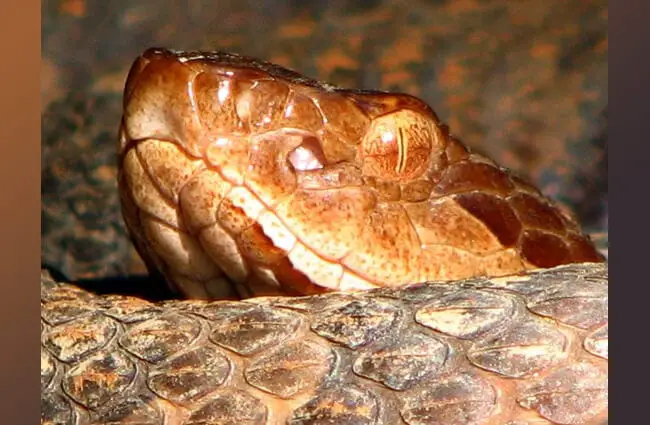
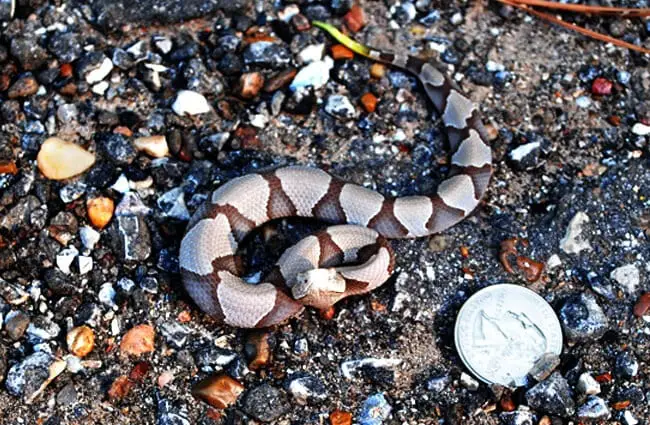

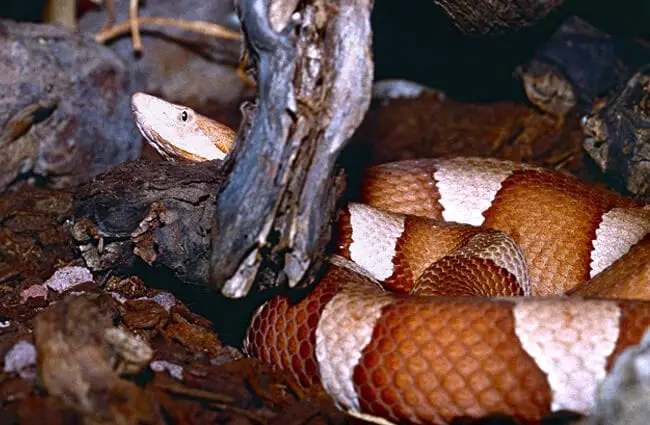


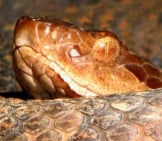
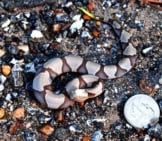
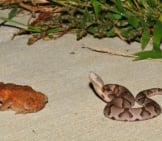
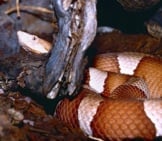

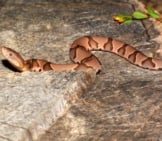
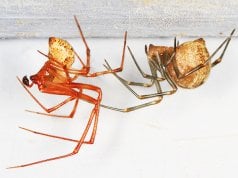
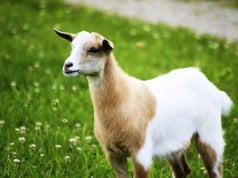
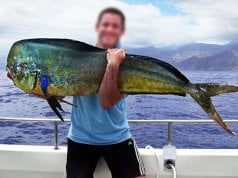









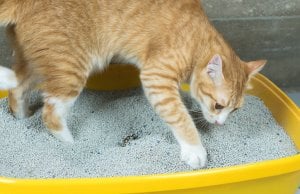
![Red Angus Closeup of a beautiful Red Angus cowPhoto by: U.S. Department of Agriculture [pubic domain]https://creativecommons.org/licenses/by/2.0/](https://animals.net/wp-content/uploads/2020/03/Red-Angus-4-100x75.jpg)

